Increasing Demand for Air Travel
The flight inspection market experiences a notable surge in demand due to the increasing number of air travelers in the US. As airlines expand their fleets to accommodate this growth, the need for regular flight inspections becomes paramount. In 2025, the US aviation sector anticipates a growth rate of approximately 4.5%, which directly influences the flight inspection market. Airlines are compelled to ensure safety and compliance with stringent regulations, thereby driving the demand for flight inspection services. This trend indicates that as air travel becomes more accessible, the flight inspection market will likely see a corresponding increase in service requirements, ensuring that aircraft meet safety standards and operational efficiency.
Growth of Private and Charter Aviation
The flight inspection market is experiencing growth due to the rising popularity of private and charter aviation in the US. As more individuals and businesses opt for private flights, the demand for flight inspection services increases to ensure the safety and reliability of these aircraft. In 2025, the private aviation sector is projected to grow by 5%, further driving the need for comprehensive flight inspections. This trend indicates that operators of private and charter flights must prioritize safety and compliance, thereby creating opportunities for flight inspection service providers. The flight inspection market stands to benefit from this growth, as it aligns with the increasing focus on safety in private aviation.
Regulatory Changes and Compliance Requirements
The flight inspection market is significantly influenced by evolving regulatory frameworks in the US aviation sector. Regulatory bodies, such as the Federal Aviation Administration (FAA), continuously update safety standards and compliance requirements, necessitating regular flight inspections. In 2025, the FAA is expected to implement stricter guidelines, which could lead to an increase in inspection frequency and scope. This regulatory environment compels airlines and operators to invest in flight inspection services to maintain compliance and avoid penalties. As a result, the flight inspection market is likely to expand, driven by the need for adherence to these regulations and the assurance of passenger safety.
Emerging Markets for Flight Inspection Services
The flight inspection market is poised for expansion as emerging markets within the US aviation sector present new opportunities. With the rise of regional airlines and the expansion of airport infrastructure, there is a growing need for flight inspection services to support these developments. In 2025, the regional airline segment is expected to grow by 7%, indicating a robust demand for flight inspections to ensure operational safety and compliance. This growth suggests that service providers in the flight inspection market may need to adapt their offerings to cater to the unique requirements of these emerging players, thereby enhancing their market presence and service capabilities.
Technological Innovations in Inspection Processes
Technological advancements play a crucial role in shaping the flight inspection market. Innovations such as automated inspection systems and advanced data analytics enhance the efficiency and accuracy of flight inspections. The integration of artificial intelligence (AI) and machine learning algorithms allows for predictive maintenance, reducing downtime and operational costs for airlines. In 2025, the market for these technologies is projected to grow by 6%, reflecting the industry's shift towards more sophisticated inspection methodologies. Consequently, the flight inspection market benefits from these innovations, as they streamline processes and improve safety outcomes, making inspections more reliable and timely.


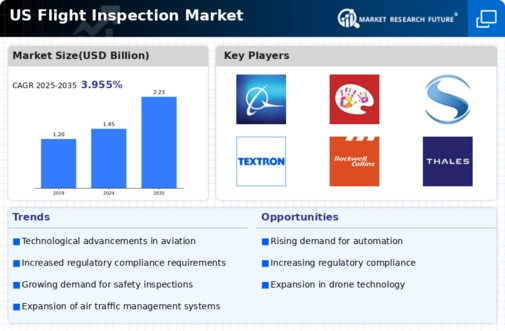

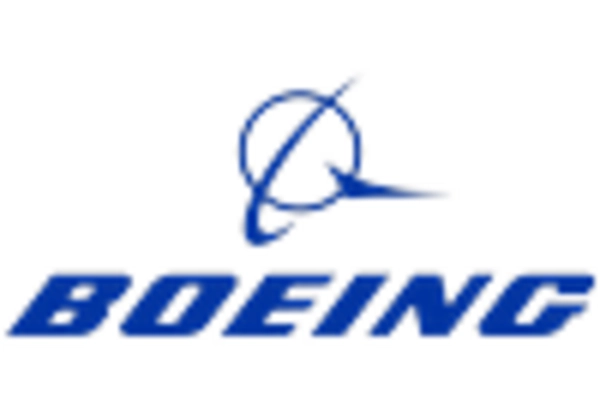
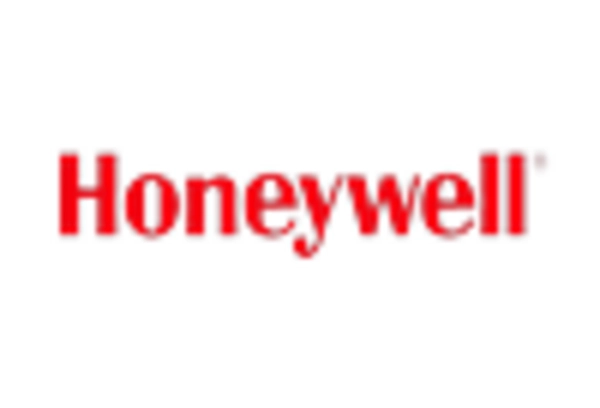
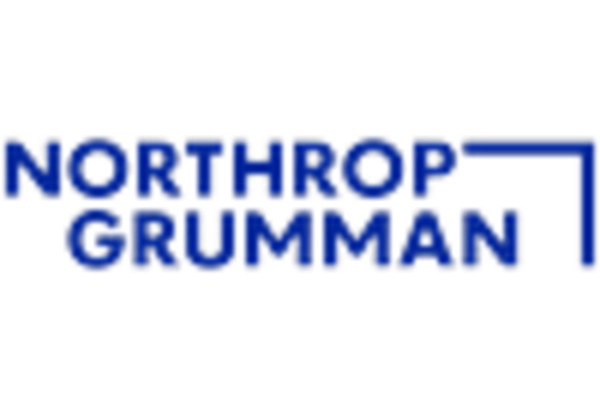
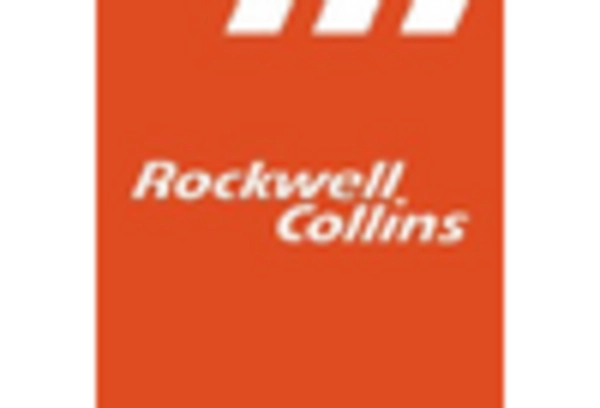
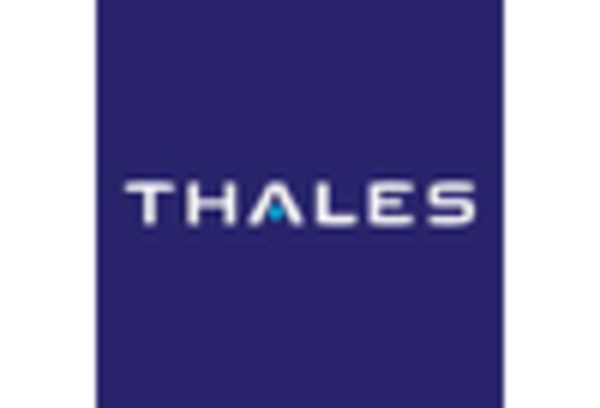








Leave a Comment